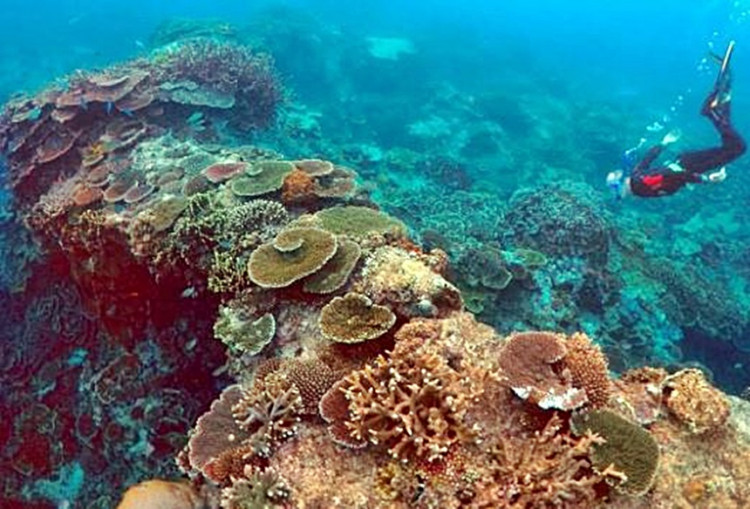Concerned scientists have begun an ambitious project to save Australia's Great Barrier Reef -- the biggest single structure made by living organisms in the world -- from almost certain extinction due to a warming ocean caused by climate change.
They plan to regenerate coral on the endangered Great Barrier Reef by harvesting millions of the creatures' eggs and sperm during their annual spawning. They then plan to grow coral larvae from the harvested eggs and return these to those parts of the reef that have been badly damaged by climate-related coral bleaching.
The Great Barrier Reef is the largest coral reef system on the planet. It consists of more than 2,900 individual reefs and 900 islands stretching for over 2,300 km. It covers an area of some 344,400 square kilometers. The reef is located in the Coral Sea, which lies off the eastern coast of Queensland, Australia.
The launch of the "Larval Restoration Project" was timed to coincide with the annual coral spawn on the reef, which began and ended last week. Coral along large segments of the reef have been killed by rising sea temperatures linked to climate change. This phenomenon leaves behind skeletal remains in a process known as coral bleaching.
The project team includes experts from James Cook University and the University of Technology Sydney (UTS). They said a novelty of their reseeding project was to grow coral larvae together with microscopic algae. The two live in symbiosis on the reef.
Scientists are aiming to fast-track this process to see if the survival and early growth of juvenile corals can be boosted by the rapid uptake of the algae, said David Suggett of UTS.
The northern reaches of the Great Barrier Reef suffered an unprecedented two successive years of severe bleaching in 2016 and 2017. This catastrophe has raised fears the reef might have suffered irreparable damage.
This effort is the first time the entire process of large-scale larval rearing and settlement will be undertaken directly on reefs on the Great Barrier Reef, said Peter Harrison of Southern Cross University, one of the project leaders.
Harrison and his colleagues are hopeful their reseeding project can help reverse coral bleaching. He did caution the effort won't be enough on its own to save the reef.
Harrison said mitigating climate change is the only way to ensure coral reefs can survive into the future. The team's approach to reef restoration seeks to buy time for coral populations to survive and evolve until emissions are capped and the world's climate stabilizes.
Scientists hope the coral that survive the bleaching have a greater tolerance to rising temperatures. This means a breeding population produced from this year's spawn will grow into coral better able to withstand climate change.






